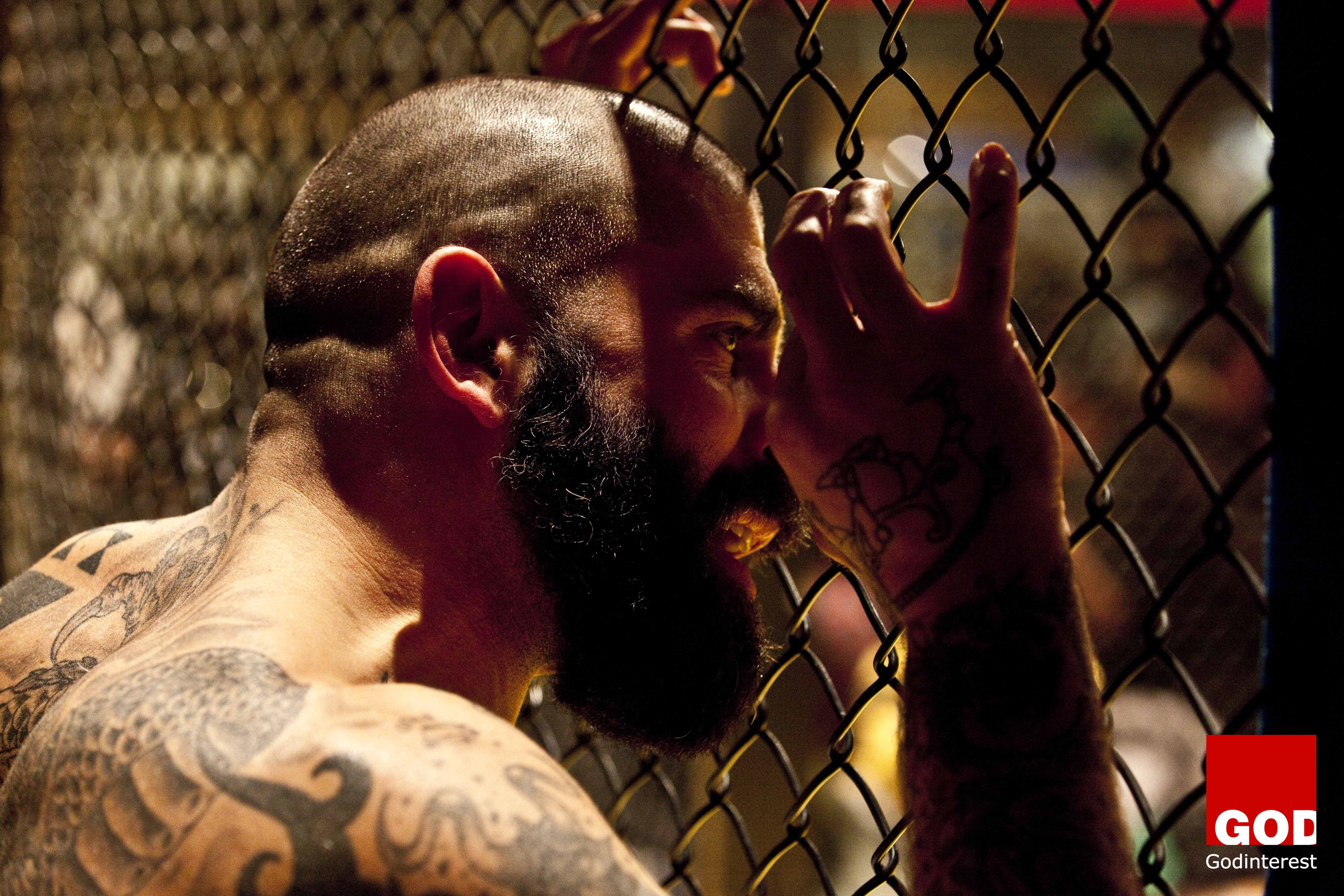As the new year begins the world is overflowing with resolutions and good intentions. We write lists, we vow to change bad habits and we feel that a ‘fresh start’ to the year can bring miracles and the success we aspire to. But how and when on earth are we supposed to do all that is the reply received from newly qualified project managers only weeks into their new positions when we describe some of the activities they should be focusing on to be successful as leaders.
You will know there are so many things to tackle on a typical day in the life of a project leader. Chances are you rarely end a day having done what you originally set out to do as day-to-day trivialities often get in the way. You spend most of your time solving unexpected problems. You might also feel very much out of control because what’s urgent–the daily work–always seems to take over what’s important–your ongoing work.
But with all of the idiocy that projects usually entail, did it ever cross your mind that between creating schedules and holding meetings that it’s important to make time to reflect? Most project managers are focused on routine and creating plans by nature and love the feeling of clearing the inbox and crossing things off lists as it makes them feel productive. However, there comes a time for most of us when we embark on a quest for greater fulfilment in our lives.
Here are ten things we ought to try to do every day. Cover these and you should be on your way to becoming a successful leader.
1. Sleep 7-9 Hours a Day
Slacking on sleep? Think six hours of sleep is enough? Think again. Researchers at the University of California, San Francisco, revealed that some people have a gene that enables them to do well on six hours of sleep a night. Disappointingly, this gene is extremely rare appearing in less than 3% of the population. For the other 97% of us, six hours doesn’t come close to cutting it. Most of us know that getting a good night’s sleep is vital, but too few of us actually make those eight hours between the sheets a priority. According to research “sleeping on it” does improve decision making. Naps are great too as they increase alertness and performance on the job, enhance our learning ability and help us purge negative emotions while enhancing positive ones. The National Sleep Foundation (NSF) found that people who reduced their sleep time from seven hours to five hours or less had 1.7 times the risk of death from all causes.
So how much sleep do you need?
- Newborns (0-3 months): Sleep range narrowed to 14-17 hours each day (previously it was 12-18)
- Infants (4-11 months): Sleep range widened two hours to 12-15 hours (previously it was 14-15)
- Toddlers (1-2 years): Sleep range widened by one hour to 11-14 hours (previously it was 12-14)
- Preschoolers (3-5): Sleep range widened by one hour to 10-13 hours (previously it was 11-13)
- School-age children (6-13): Sleep range widened by one hour to 9-11 hours (previously it was 10-11)
- Teenagers (14-17): Sleep range widened by one hour to 8-10 hours (previously it was 8.5-9.5)
- Younger adults (18-25): Sleep range is 7-9 hours (new age category)
- Adults (26-64): Sleep range did not change and remains 7-9 hours
- Older adults (65+): Sleep range is 7-8 hours (new age category)
2. Spend Time with Those You Love
Relationships are worth approximately £108,017 extra a year according to Daniel Gilbert, Harvard happiness expert. The longest-lived people on the planet all place a strong prominence on healthy relationships. Experts state that not feeling socially connected can lead to a heart attack, stroke, diabetes and people committing suicide. It is also proposed that 90% of the time we spend with our children is before they are nine years of age. In other words, there simply aren’t many things in this world more important than the connections we have with those we’re closest to, so make it a point to spend quality time with them every single day. Don’t take time for granted because you never know when yours will be up.
3. Pray and Meditate
Ever wonder why the world’s best leaders want to ‘meditate on it’? Well, there’s apparently a bright future for silence, especially in these shrieky, screechy times. We’re constantly cyber-connected, but never fully present. Rather than immediately checking your email and text messages in the morning, close your eyes and express gratitude for the new day. Appreciation unlocks a view of richness, as opposed to a shortage. After reflecting deeply on your blessings, pull out your project journal and write down your goals for the day as well as your big picture “vision” before taking the plunge. According to research prayer and meditation improves our relationships and can build an environment for aha moments. While stress narrows your perspective and that of your team and reduces empathy, negatively impacting performance. Prayer and meditation can help boost our mood and increase our sense of connection to others. Brain-imaging research suggests that meditation can help strengthen your ability to regulate your emotions. Steve Jobs did it. Hence the benefits should be considered by any smart manager.
4. Challenge Yourself
Do you think that successful people are just lucky or that they have a special potion they drink that propelled them to the finish line, no. They keep on keeping on, over and over and are not afraid to ask for help. The best way to stay competitive is to actively attempt to challenge your preconceived notions. Easier said than done, right? No. Increasing self-discipline just takes a little effort each day. Experts suggest that learning another language can keep your mind sharp and that music lessons increase intelligence. Challenging our beliefs reinforces our mind. Experts claim that not getting an education or taking advantage of prospects are two of the things people look back on their lives and regret the most. Make it a point to feed yourself knowledge every day, whether it be in the form of books, websites, television, etc.
5. Be Optimistic
Optimism is defined as “the belief that good things will happen to you and that negative events are temporary setbacks to be overcome.” – Mayo Clinic
Are you a “glass half-full” or a “glass-half-empty” kind of person? Have you ever met a successful pessimist? While the answer maybe no, we recognise that some people can be both. Optimism is the single most important factor to a leaders Success. Optimism can make you healthier, happier and extend your life. The Army teaches it in order to increase mental toughness in soldiers as being overconfident improves performance. Successful project leaders focus on the positive wherever possible — but not blindly! Optimism helps us spot opportunities we would miss if we were focusing on the negative. While you must always plan for the future and for potential pitfalls, you must believe there is a way across the chasms. Otherwise, you will turn back long before the journey is complete. Mindsets are like viral infections. One of the best things we can do is to surround ourself’s with successful people.
6. Keep Failure in Perspective
“This proverb says that if a person fails once, they should not lose heart. They should observe the mistakes that led to the failure and try to overcome them in their next attempt.” — Proverb
Once a project falls apart, we shouldn’t rush to blame the client or the team, instead, we should own up to what went wrong and forgive ourselves. It may sound soppy, but it won’t do us any good to torture ourselves over what we ought to have known. We ought to remember that failure is feedback and feedback is breakfast for champions.
We have all probably met project leaders who take pride in having a zero failure rate — or so they claim! Those people are usually dishonest or not as successful as they appear to be. Maybe they just got lucky or came into a large inheritance.
“Whatever humans have learned had to be learned as a consequence only of trial and error experience. Humans have learned only through mistakes.” – R. Buckminster Fuller
Never be afraid of failure. Remember, you’re trying to succeed brilliantly at something most people can’t do at all.
7. Learn to Say No
No is rarely celebrated unlike its cousin Yes that supports risk-taking, courage, and an open-hearted approach to life. However, sometimes you have to say “no.” Not every project proposition is a good one, and not all managers are right. Successful leaders know their limitations and will not take on every single project in the company. They know they sometimes have to back off and take care of themselves first.
Wielded wisely, no is an instrument of integrity and a shield against exploitation. It often takes courage to say no. It is hard to receive. But setting limits sets us free. Once you overcome your fear of saying no, you’ll realise how easy it is and how one little word can bring health, abundance, and happiness.
8. Laugh out Loud
“A sense of humor is part of the art of leadership, of getting along with people, of getting things done.” – Dwight D. Eisenhower
Let’s face it: if we don’t like being at work, we’re just not going to do an amazing job. A day without laughter is a day wasted as humour is said to increase productivity and group effectiveness, trust, relieves stress, boost morale of the team and creativity. On the other hand, failure to laugh at work can make the daily grind a painful process that drags on at the speed of a turtle. Nevertheless, if workplace stress is too much to handle, stop reading this and start hunting for a more satisfying job. And remember
“If you are too busy to laugh, you are too busy.” — Proverb
9. Eat Healthy
Some people swear by it and brag about mental clarity, through-the-roof energy and weight loss. They go all day without eating, then, come dinner, fill their pie hole with whatever they want, bad idea. There’s a direct correlation between the foods we eat and our level of happiness. Spend time preparing at least one healthy meal every day, including vegetables, fruits, nuts and seeds, whole grains and lean meats or fish.
10. Exercise Everyday
Mounting scientific evidence supports the link between exercise and cognitive function. In other words, we cannot afford “not” to work out. Most successful leaders make physical fitness a top priority because a proper training program will help you have a better posture, exude more energy, and prepare you to handle the increasing demands of long hours and heavy travel schedules. Simply put, exercise is the single best thing you can do for your brain in terms of mood, memory, and learning. You’ll work smarter, not harder. President Obama breaks a sweat for 45 minutes, six days a week. Wendy Davis is no stranger to fitness. She’s “an avid runner and cyclist”. Warren Buffett doesn’t try to hide his less-than-nutritious food choices, but to make up for those indulgences, he’s taken to exercise, CNBC reported. Oprah Winfrey breaks a works out for 45 minutes six mornings a week. Exercise has been credited as Richard Branson’s No. 1 productivity secret and the No. 1 thing super-successful people do before 8 a.m.
Obviously, This list could be longer and represents just a handful ways good project leaders should use their day to fulfil the deeper imperatives of leadership, but you get the idea.



































